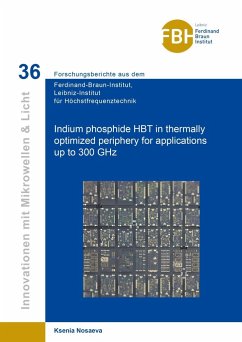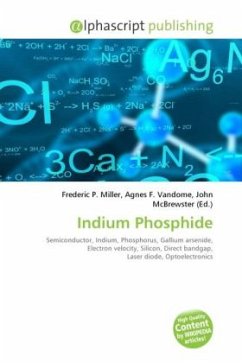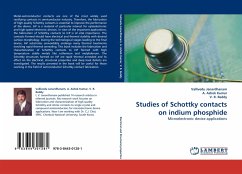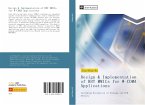This work describes the improvement in thermal management of InP double heterojunction bipolar transistors (DHBTs) fabricated with a transferred-substrate process. The availability of nanocrystalline CVD diamond-on-silicon (Si) handle substrates makes it possible to introduce a 10 µm diamond layer into the InP HBT MMIC stack with BCB-embedded transistors, passive elements and metal interconnects using an adhesive wafer-to-wafer bond process with subsequent removal of the Si host-substrate. Vertical thermal via connections through the diamond and BCB were created by applying inductively coupled plasma etching with oxygen plasma and electroplating. Electrical characterization of transistors after diamond transfer showed no degradation in RF characteristics and an improvement in DC behavior. A reduction in thermal resistance by 74% from 4.2 K/mW to 1.1 K/mW was observed, which to the author¿s knowledge is the lowest thermal resistance for 1-finger InP HBTs with 0.8×5 µm2 emitter area. Significant reduction of thermal resistance of multi-finger devices was achieved: from 4.1 K/mW down to 0.7 K/mW for 2-finger HBTs and from 1.53 K/mW down to the recordly small 0.54 K/mW for 3-finger devices. Based on the developed diamond heat spreader technology, the designed medium-power amplifier delivers a maximum output power of 20 dBm representing the improvement of 4 dBm. Moreover, stable operation of a high-power amplifier with maximum output power of 23 dBm was reached.








